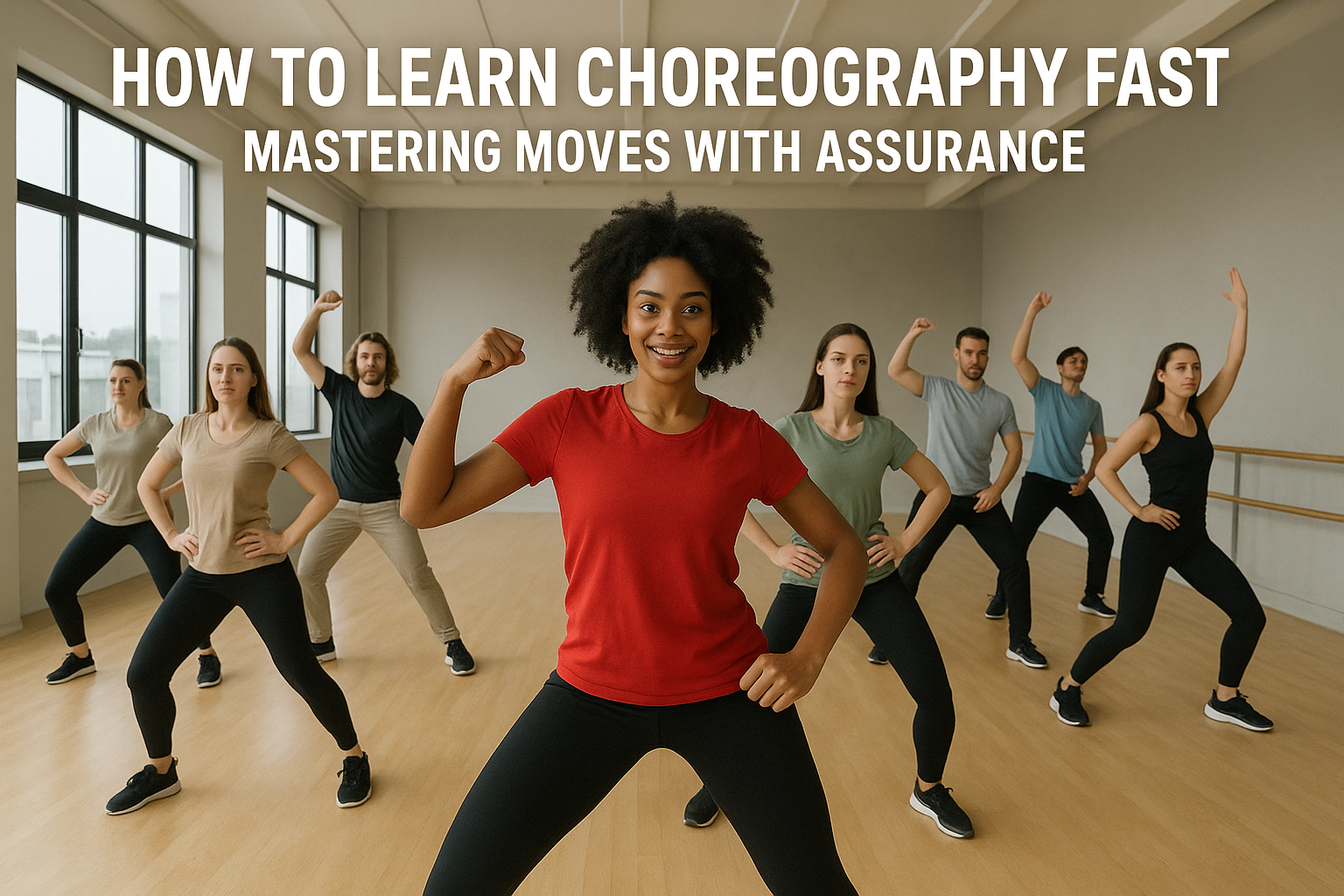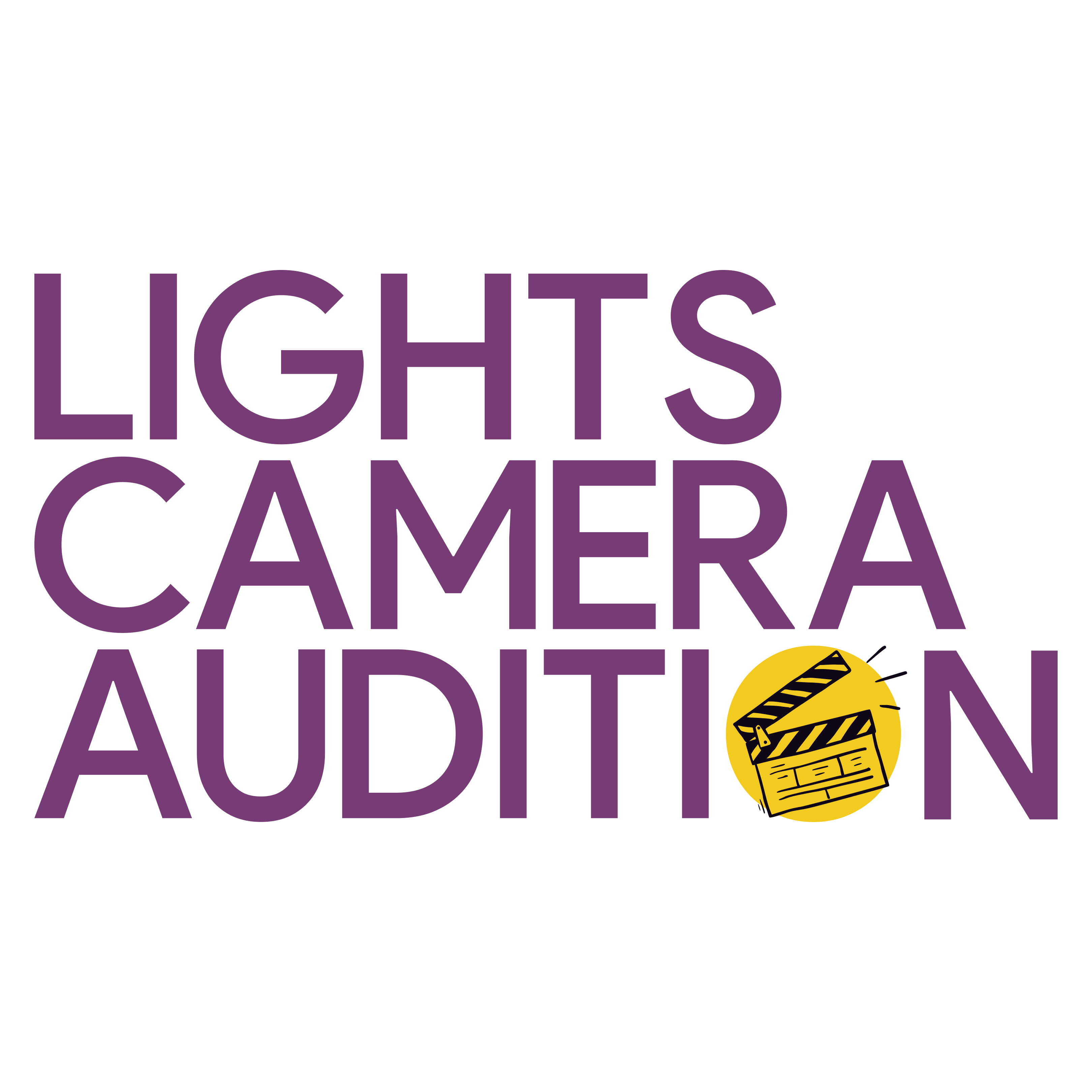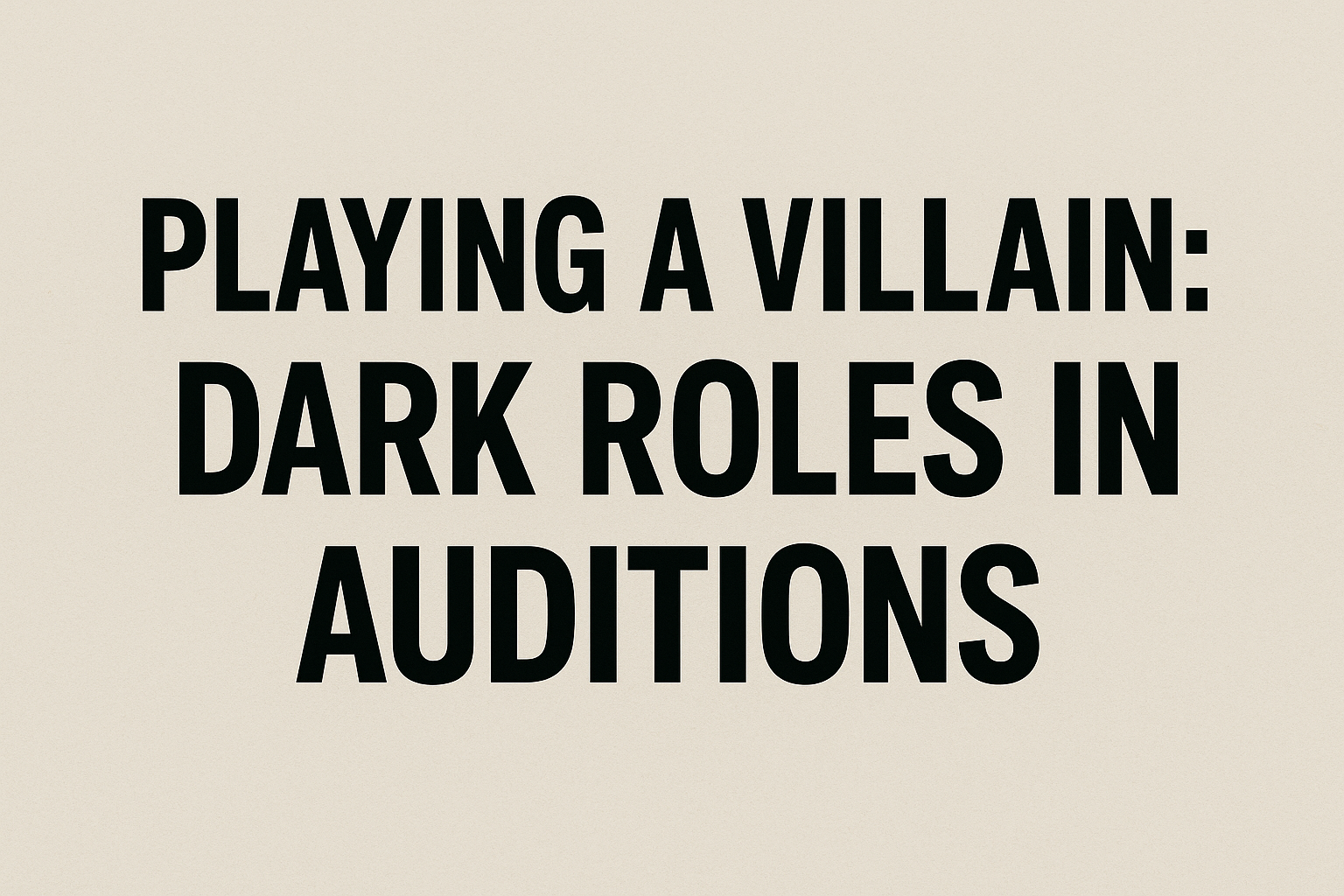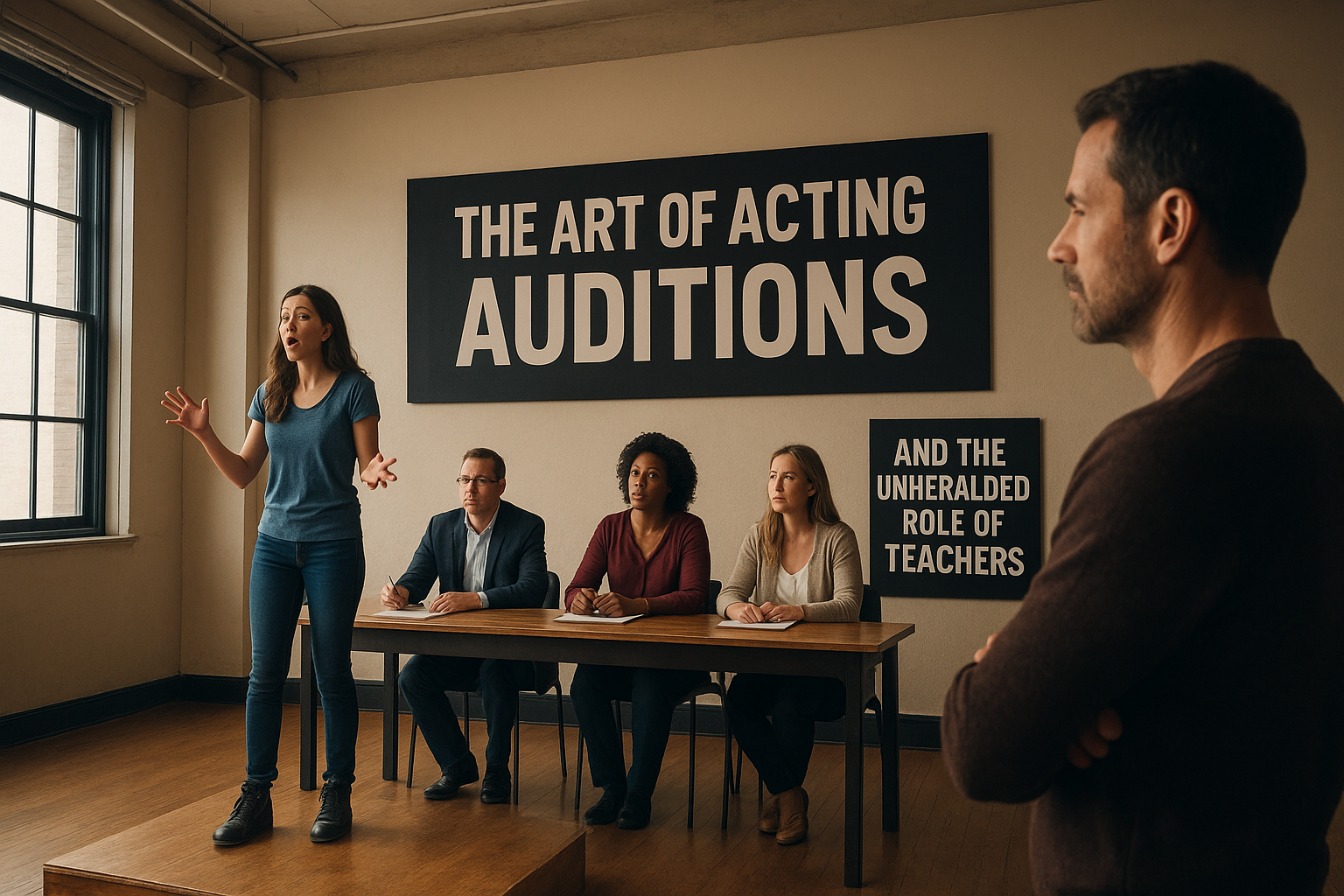
Quickly learning choreography is an essential skill for dancers, performers, musical theatre talent, and even actors who are requested to learn movement in auditions. If you're rehearsing for a stage show, music video, or dance audition, the ability to learn choreography in a hurry can make your performance either a triumph or a disaster—and usually decides if you get the job.
The good news is: you don't have to be born a fast learner—you can be trained. With the proper attitude, methods, and practice habits, you can increase your capacity to learn choreography quickly and with confidence.
Here are steps to refine your choreography-learning skills and stand out in any audition or rehearsal room.
1. Come Prepared—Physically and Mentally
Prior to learning choreography, ensure you are in the proper condition to learn movement:
Dress professionally in comfortable, full-range-of-motion clothing.
Loosen up your joints and muscles to prevent injury and not be stiff.
Drink fluids and eat a snack—learning choreography is physically strenuous.
Get your mind empty of distractions. A clear mind picks up movement quicker.
Getting ready indicates professionalism and allows your body and mind to perform at their best.
2. Watch Before You Move
One of the biggest mistakes dancers make is jumping in too soon. Before attempting the steps:
Watch the choreographer or instructor demonstrate the full combo at least once or twice.
Focus on the big picture—patterns, direction changes, energy shifts.
Notice style, dynamics, and intention, not just technical movement.
Observing first gives your brain a “preview” of what’s coming, making it easier to replicate accurately when it’s your turn.
3. Break It Into Sections (Chunking)
Attempting to learn the whole routine at once will overburden your memory. Instead, divide the choreography into bite-sized sections or phrases (typically 8-counts or per musical phrase).
Master one section at a time before progressing.
Once you're comfortable with a section, link it to the earlier one.
Keep repeating this until you can do the whole routine.
This technique, known as "chunking," makes it easier for your brain to process and retain information.
4. Count and Music
Choreography exists between structure and rhythm. Dancers pick up on some things through counts (5-6-7-8), while others respond to the musicality.
To learn more quickly:
Begin with counts to get timing and structure down.
Next, practice with the music to sense rhythm and mood.
Take note of musical cues—beats, lyrics, tempo changes—which can aid in memorizing the steps.
Blending both methods guarantees that you're not only technically correct, but musically engaged.
5. Mark the Movement
When learning choreography for the first time, you don't have to do it full tilt every time.
Marking entails executing the steps in half-energy or broken-down form, concentrating on timing, direction, and memory.
This conserves energy, lessens fatigue, and lets you work out the movement in your head.
Mark through transitions and challenging spots several times prior to going all out—your body will learn once your mind takes the lead.
6. Say It Out Loud or Visualize
Use multiple senses to solidify the moves into memory:
Verbalize the steps ("kick-ball-change, pivot turn, step back").
Assign nicknames for challenging sections ("swoop & snap," "firecracker foot").
Visualize performing the routine in your head—even outside of the studio.
Mental rehearsal enhances muscle memory and allows you to remember steps quicker when under pressure.
7. Spot Patterns and Repetitions
Choreographers tend to repeat phrases, routes, or steps in a routine. Being able to spot these patterns conserves you time and energy.
Search for mirror sequences, cannon effects, or directional repeats.
After you learn a repeated pattern, you need only to remember it once.
Knowing the choreographer's framework breaks up the routine into something more easily digestible.
8. Practice Clever (Not Just Hard)
Repetition is key—but clever repetition works better.
Spend more time on areas that give you trouble, not necessarily the areas you like.
Utilize mirrors to double-check body alignment and positioning.
Record yourself and watch the footage to catch errors you didn't perceive.
Also, make sure to do breaks. Your brain needs to rest in order to process and remember choreography.
9. Ask Questions—But Don't Overthink
Don't be afraid to ask if you don't know a move. Clarity saves you time.
Ask questions between reps, not in the middle of run-throughs.
Be specific ("Is the arm going up on count 4 or 5?").
Avoid getting bogged down in perfection—keep your eye on progress.
Remember, it's better to try with confidence and adjust than to stay stuck from fear.
10. Rehearse Outside the Studio
Take the routine along with you—mentally and physically.
Practice at home, in front of the mirror, or even while walking.
Play the choreography video repeatedly to help build visual memory.
Practice the routine in various environments to develop adaptability.
The more you engage with the choreography in informal settings, the closer it will feel to second nature.
Learn Quickly, Perform Fearlessly
The ability to learn choreography is a skill that increases with deliberate practice. It's not merely a question of how quickly you memorize steps—it's a matter of how well you bridge your mind and body, how precisely you see, and how receptive you are to direction.
The most effective performers and dancers aren't necessarily the flashy ones—the ones who can walk into a space, learn movement, adjust on the fly, and do it like they own it.
So when you find yourself confronted with a high-intensity routine or surprise audition next time, keep this in mind: with the right attitude, confidence, and concentration, you have all it takes to learn quickly and dance powerfully.
When it comes to acting, playing a villain is considered a challenge and a golden chance. Villains are multilayered, multi-dimensional, and probably the most remembered characters in a narrative. Be it old Bollywood films such as Gabbar Singh from Sholay or OTT villains such as Guruji from Sacred Games, dark roles determine an actor's fate. But auditioning for a villain is an altogether different. It needs a firm grasp of psychology, body language, and emotional regulation. If you're a newbie or a seasoned actor wanting to master your craft, this blog will walk you through all that you need to know on how to audition for villainous roles.
In the high-stakes, emotionally demanding world of acting, rejection is frequent, uncertainty is constant, and comparison can feel unavoidable. The entertainment industry is as competitive as it gets—and in such an environment, your mindset can make or break your journey. While talent, networking, and luck all play their part, there's one internal tool that can drastically shift your trajectory: a growth mindset.
There is a moment every actor fears: the casting director places a script in your hands you've never laid eyes on before and says, "Take a minute, and when you're ready, we'll begin. Welcome to the cold read — perhaps the most unpredictable, yet vital portion of an actor's career. Whether you're auditioning for theater, television, or voiceover, cold reading is the skill that can break or make your chance at a role. But the good news is this: like every other craft, it can be practiced, honed, and eventually mastered. In this post, we will analyze what cold reading actually is, why it's important, and how you can transform a cold script into a warm, breathing performance.
In showbiz, auditions for acting are the initial and most often essential step toward a dream. For aspiring actors, an audition is not simply reading lines or acting in front of a casting director—it's a moment of exposure, innovation, and bravery. But behind every assured performance are years of education, instruction, and mentoring. And on Teachers' Day, it is only appropriate that we acknowledge the unseen architects of every actor's journey—their teachers.
Lights Camera Audition!
Don't miss out on the latest updates, audition calls, and exclusive tips to elevate your talent. Subscribe to our newsletter and stay inspired on your journey to success!







